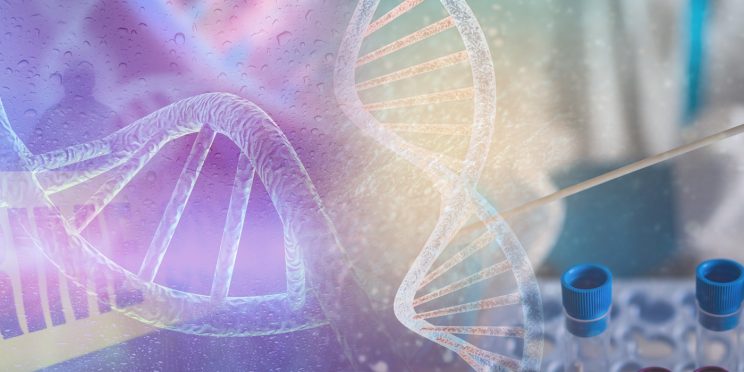Original Release Date: May 8, 2020
In episode seven of the 2020 R&D Season, Just Science interviews Kimberly Sturk-Andreaggi, a Research Scientist at the Armed Forces DNA Identification Laboratory, about the development of entire mitogenome reference data using an automated high-throughput sequencing workflow.
Disaster victim identification comes with a unique set of hurdles. Poor-quality DNA, decades-old samples, and a lack of relative referential data can make the identification of victims from current and past conflicts challenging. This is the reason that the Armed Forces DNA Identification Laboratory uses mitochondrial DNA as their primary testing method. Stay tuned as our guest discusses the utility of mitochondrial DNA and a method for developing entire mitogenome reference data in this episode of Just Science.
This episode of Just Science is funded by the National Institute of Justice’s Forensic Technology Center of Excellence [Award 2016-MU-BX-K110].
View or download the episode transcript here:
Transcript
Guest Biography
Kimberly Sturk-Andreaggi is a Research Scientist in the Emerging Technologies (formerly Research) Section at the Armed Forces Medical Examiner System's Armed Forces DNA Identification Laboratory (AFMES-AFDIL). She received her undergraduate degree in Bioengineering from the University of Pittsburgh in 2003, and her Master of Forensic Sciences from the George Washington University in 2005. She is currently working on her doctoral degree in Medical Genetics at the University of Uppsala in Sweden. Over her 15+ year tenure at the AFMES-AFDIL, Ms. Sturk-Andreaggi has contributed to and managed various projects including mitochondrial DNA coding region SNP panels, species identification, low template techniques, automated processing and the development of population databases. For the last several years, her primary focus has been on the use of next-generation, or massively parallel, sequencing for human identification.
The opinions, findings, and conclusions or recommendations expressed in this podcast episode are those of the presenter(s) and do not necessarily reflect those of the U.S. Department of Justice.
Contact us at ForensicCOE@rti.org with any questions and subscribe to our newsletter for notifications.




